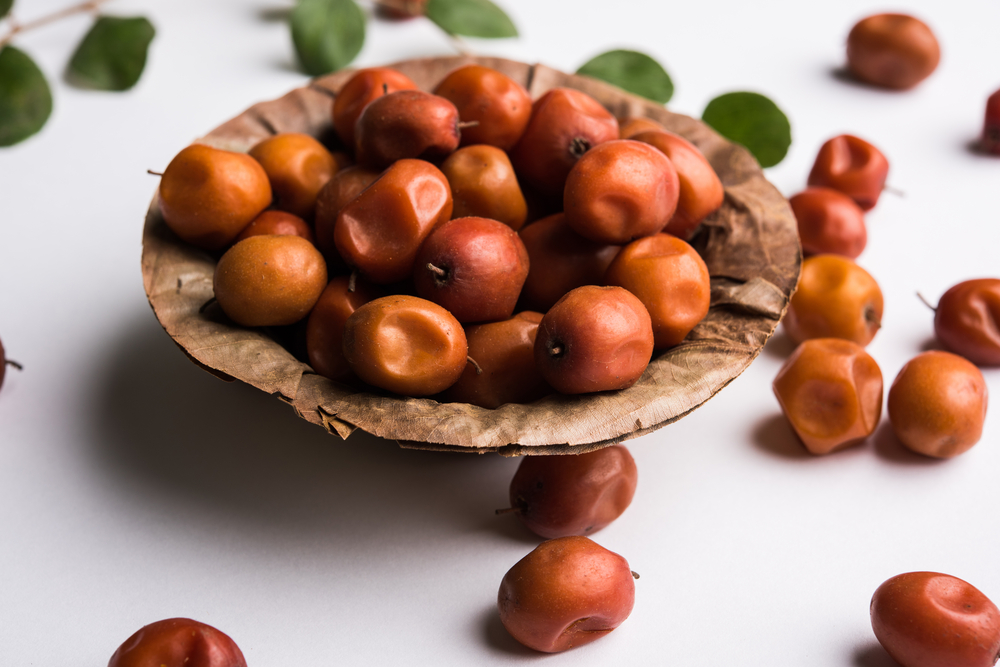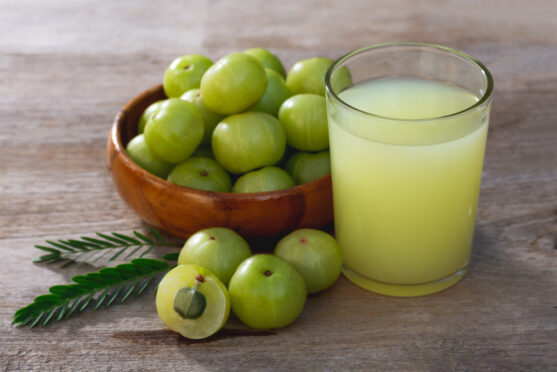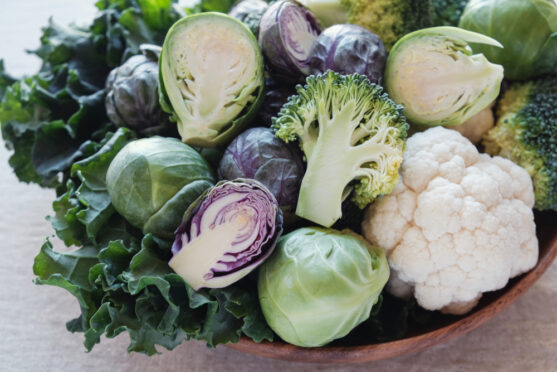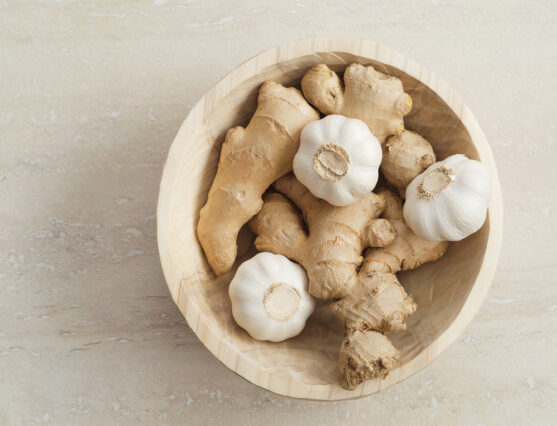Senior Dietician Dr Krishna Priya gives us a weekly meal plan for an anti-inflammatory diet.
You may have heard several nutritionists and doctors advise an anti-inflammatory diet. If you are wondering what this diet is, how it is useful, and how you can follow it if you prefer an Indian cuisine, then you have come to the right page.
What is an anti-inflammatory diet?
Inflammation is the body’s way of fighting illness. It is a useful function and helps us stay alive.
However, in many of us, the immune system does not function as it should, leading to constant inflammation. This is unnecessary and in the long run, it can be very harmful.
Several diseases, including colon cancer, diabetes, asthma, psoriasis among others, are linked to repeated inflammation. Research shows that an anti-inflammatory diet can reduce the risk of such diseases.

Ber or jujubes have anti-inflammatory properties
Simply put, an anti-inflammatory diet is full of foods that reduce inflammation in your digestive system and avoids foods that trigger or worsen inflammation.
| Foods to have | Foods to avoid |
| Fresh vegetables
Fresh fruits Whole grains Lean protein Beans Nuts Foods rich in Omega 3 (fish like salmon, sardines) Spices like turmeric, garlic and ginger |
Processed foods like chips, pre-cooked meat
Refined flour (maida) Sugary drinks like colas and sodas Deep fried food Candy and chocolate Ice creams and frozen desserts Frozen food that is ready to cook Red meat like mutton Bakery produce like cakes, muffins, cupcakes, buns |
An anti-inflammatory diet is rich in antioxidants. Antioxidants help fight the damage caused by bad food habits, stress and smoking.

Amla or gooseberry has anti-inflammatory properties
Can an anti-inflammatory diet cure my disease?
Your diet is not a replacement for treatment. If you suffer from cancer, any autoimmune disease, or most other diseases, you will need to consult a doctor who specialises in the treatment of your disease.
Your diet can aid in your recovery. An anti-inflammatory diet can help you in many ways.
- It can prevent flare-ups and slow down the progress of your disease.
- It can reduce your symptoms like pain to some extent.
- It will lower your risk of developing other diseases like cancer.

Cruciferous vegetables like cabbage and cauliflower should be included regularly in your meals
What is an Indian anti-inflammatory diet?
You will find several anti-inflammatory meals plans on the internet but the ingredients and meals tend to be unfamiliar to those who are used to an Indian diet.
Foods like blueberries, olives, brussel sprouts, broccoli etc are not easily available in all parts of India and tend to be more expensive than locally produced foods.
The meal plan in this article substitutes these with regular Indian foods that have the same or similar properties and nutritional value. This will help you follow an anti-inflammatory diet without having to adapt to a new cuisine.

Ginger and garlic are anti-inflammatory spices
Indian Anti-Inflammatory Meal Plan

You can find the recipes to each meal by downloading the PDF version: Indian Anti-Inflammatory Meal Plan and clicking on the meal.
Additionally, you can substitute with seasonal dishes depending upon which vegetables and fruits are available locally during each season.
Remember to add plenty of ginger, garlic and turmeric to each recipe as per taste so as to get the most of these wonderful spices.
You can read more about which oils are best for Indian cooking here. This article works not just for cancer patients, but for everyone.
Apart from eating the right food, also ensure you are well hydrated by keeping a bottle or glass of water within your reach at all times.

